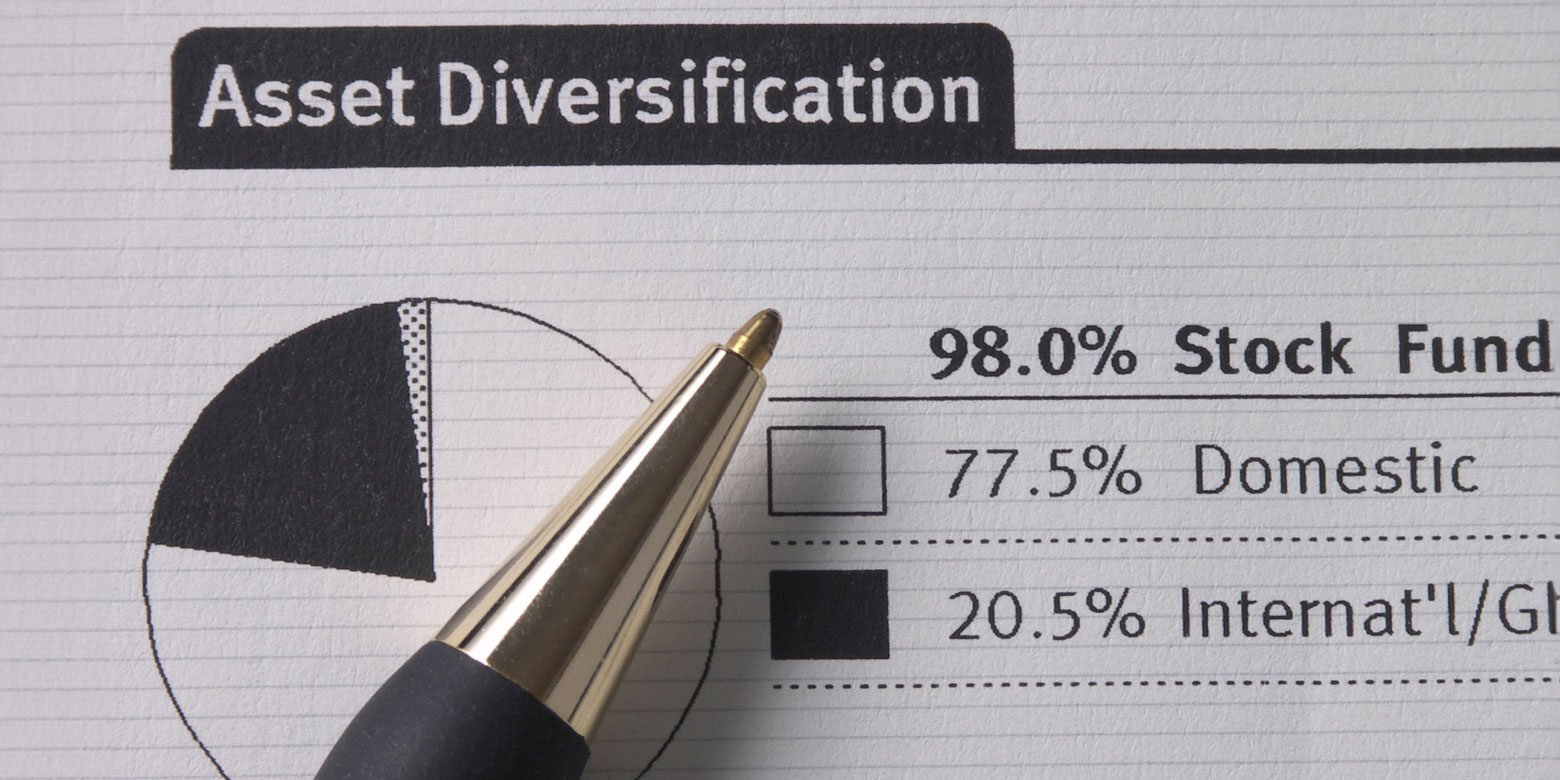Since they first began trading in 1990, advisors have had the option to incorporate passive ETFs into their client portfolios. In 2008, however, a new opportunity arose in the form of active ETFs. Today, advisors and their clients can include either, or both, in their portfolios — making it easier to invest in a variety of stocks, without having to individually select them.
While passive funds are a popular option, especially for those with a long-term investment strategy, active funds have their potential advantages as well.
Let’s take a look at the difference between these funds and how you can navigate the decision of which one to buy.
What are active funds?
Actively managed exchange-traded funds (ETFs) are typically designed to not just mirror a certain index, but rather give investors the potential to beat market performance of a benchmark (as opposed to matching it).
To accomplish this, active fund managers and analysts buy and sell stocks based on their own research and experience. They do this in an effort to only incorporate stocks they believe have potential to beat the market. Typically, they’ll follow metrics like financial ratios or reported earnings.
Generally speaking, actively managed funds will have higher fees associated with them than passive ETFs. Not only does every stock sale include transaction costs, but investors also pay a premium to have a team of analysts constantly researching, monitoring, and adjusting the fund’s allocations.
Pros and cons of active funds
|
Pros |
Cons |
|---|---|
|
Beat the market: |
Cost: |
|
Adaptability: |
Performance: |
|
Tax loss harvesting: |
Tax efficiency: |
What are passive funds?
Passively managed ETFs are designed to replicate an index, both in how they are composed and the specific stocks are included. In doing so, they aim to return exactly the same performance as the index — meaning they’ll neither underperform nor beat the market as measured by such index. This means the ETF will benefit when the index is performing well, but it will also experience the same downside when the index performs poorly.
Passive ETFs are generally used as part of an investor’s long-term investment strategy and are considered to be less risky than actively managed ETFs — which rely on a fund manager’s decisions and experience.
Pros and cons of passive ETFs
| Pros | Cons |
|---|---|
|
Lower costs: |
Performance: |
|
Diversification: |
Requires patience: |
|
Tax Efficiency: |
Tax loss harvesting: |
How can investors tell the difference?
Reading a fund’s prospectus is perhaps the simplest way to determine whether an ETF is active or passive. In the prospectus, investors and advisors will usually find the fund’s “Principal Investment Strategies” section. There, it will indicate whether the fund is actively or passively managed.
Looking at the details of the ETF, you can also see if it has an underlying index. If it does, that’s a good indication that you’re looking at a passive ETF. Active ETFs don’t have underlying indices (rather, a fund manager picks the assets to be included).
However, the lines can sometimes seem blurred between passive and active funds.
Let’s look at an example: TMFC
The Motley Fool 100 Index ETF (TMFC) is a passive ETF that tracks The Motley Fool 100 index. This index includes the top 100 largest and most liquid U.S. companies that are either:
- Active stock recommendations in a The Motley Fool, LLC analysts, or
- Rank among the 150 highest-rated U.S. companies The Motley Fool, LLC analyst opinion database, Fool Intel.
Here’s the kicker — despite its passive status, it has been consistently ranked a top active ETF by Forbes Advisor.
Why is that?
Well, some may feel that TMFC enjoys the best of both worlds. This passive ETF from Motley Fool Asset Management incorporates active stock recommendations from analysts at The Motley Fool, LLC, but passively implements those recommendations for TMFC investors. As a result, investors don’t have to do any individual stock picking, stay informed on each company’s performance and updates, or worry about rebalancing.
TMFC makes it possible for investors to potentially generate the higher rates of return historically associated with growth-oriented stocks, but with the cost-effectiveness and convenience of a passively managed ETF.
Which type of ETF is right for you or your clients?
Whether you’re looking for an ETF for your own portfolio, or looking for an ETF to buy for your clients, you’re seeking investments that balance fees, risk, and potential returns — all while working toward the investment goals.
When it comes to ETFs, the good news is: You don’t necessarily have to pick one or the other. You can have the best of both worlds.
Sources:
“Investor Bulletin: Exchange-Traded Funds (ETFs).” Office of Investor Education and Advocacy. August 2012. Accessed May 15, 2024.
Related Posts

Benefits of ETFs for Diversification
Building a portfolio involves more than simply picking stocks you think will appreciate. We believe...

Tax Advantages of ETFs
Since the introduction of the first ETF in the U.S. in 1993, ETF trading volume has grown to range...

Tackling ETFs: What You Should Know
Chances are you’ve heard of ETFs before. But do you feel you have a decent grasp of their ins and...
Interested in more?
Get our popular newseltter delivered to your inbox every month.
Search the Insights Blog
How to invest with us
Click the button below to learn how you can get started with Motley Fool Asset Management








